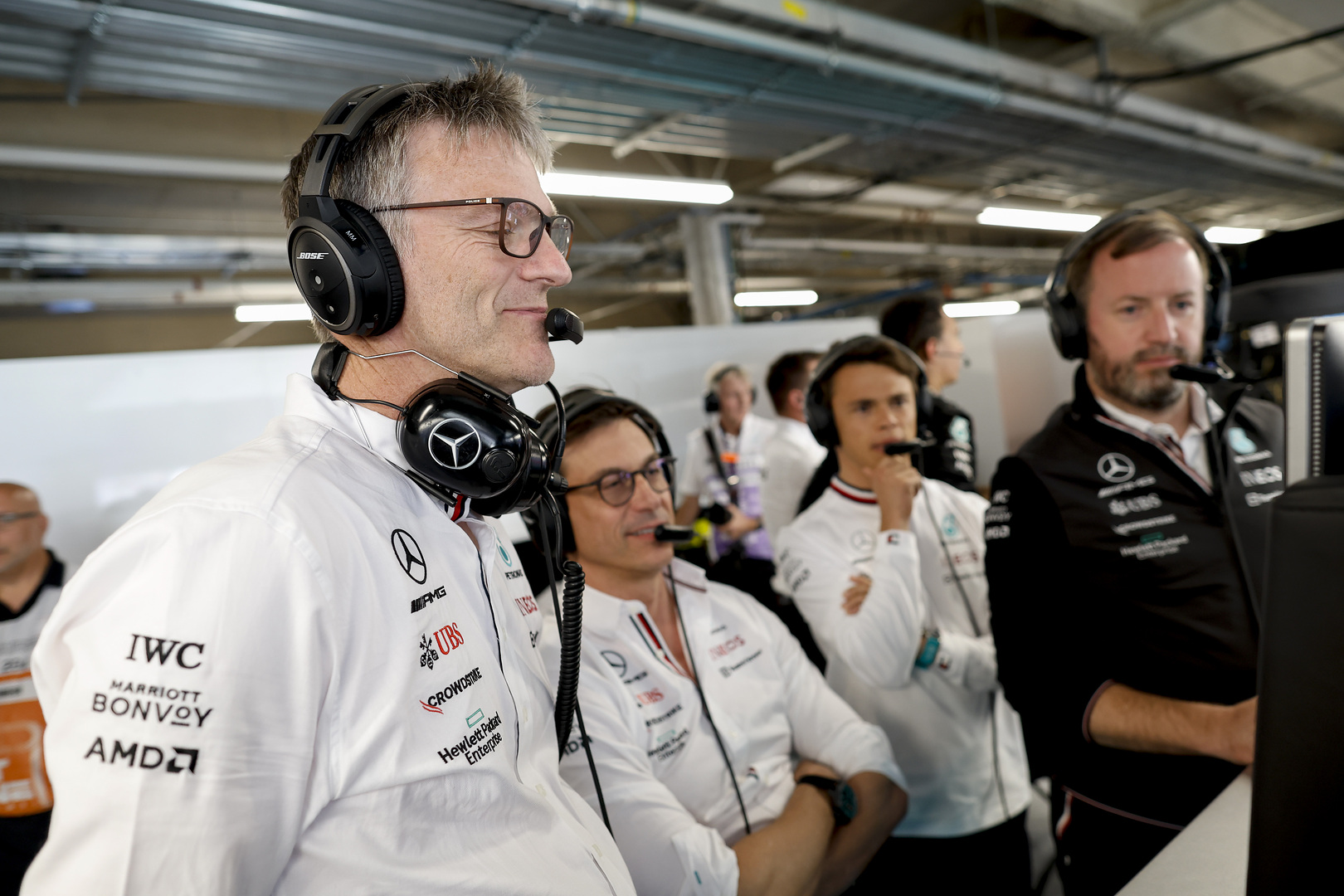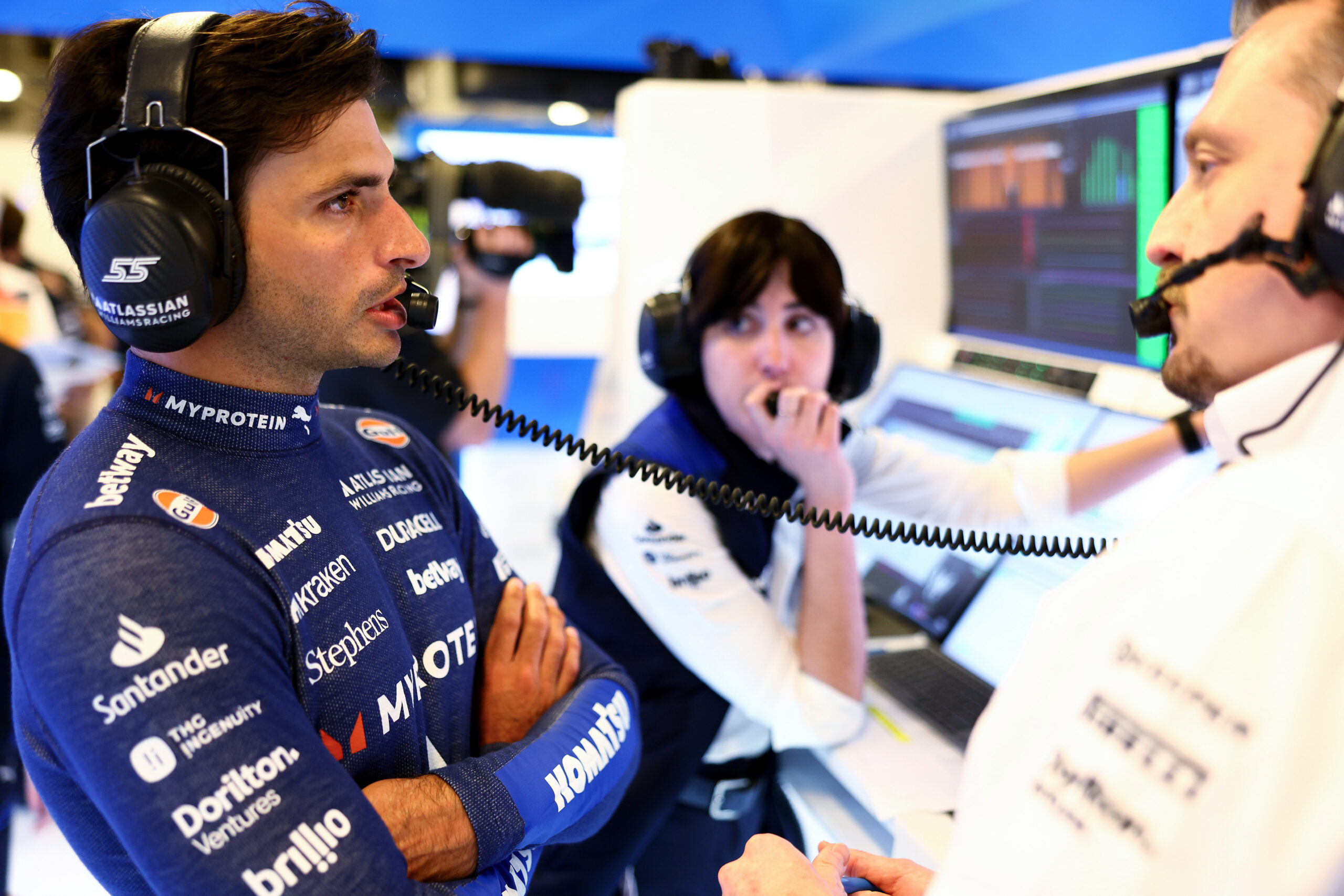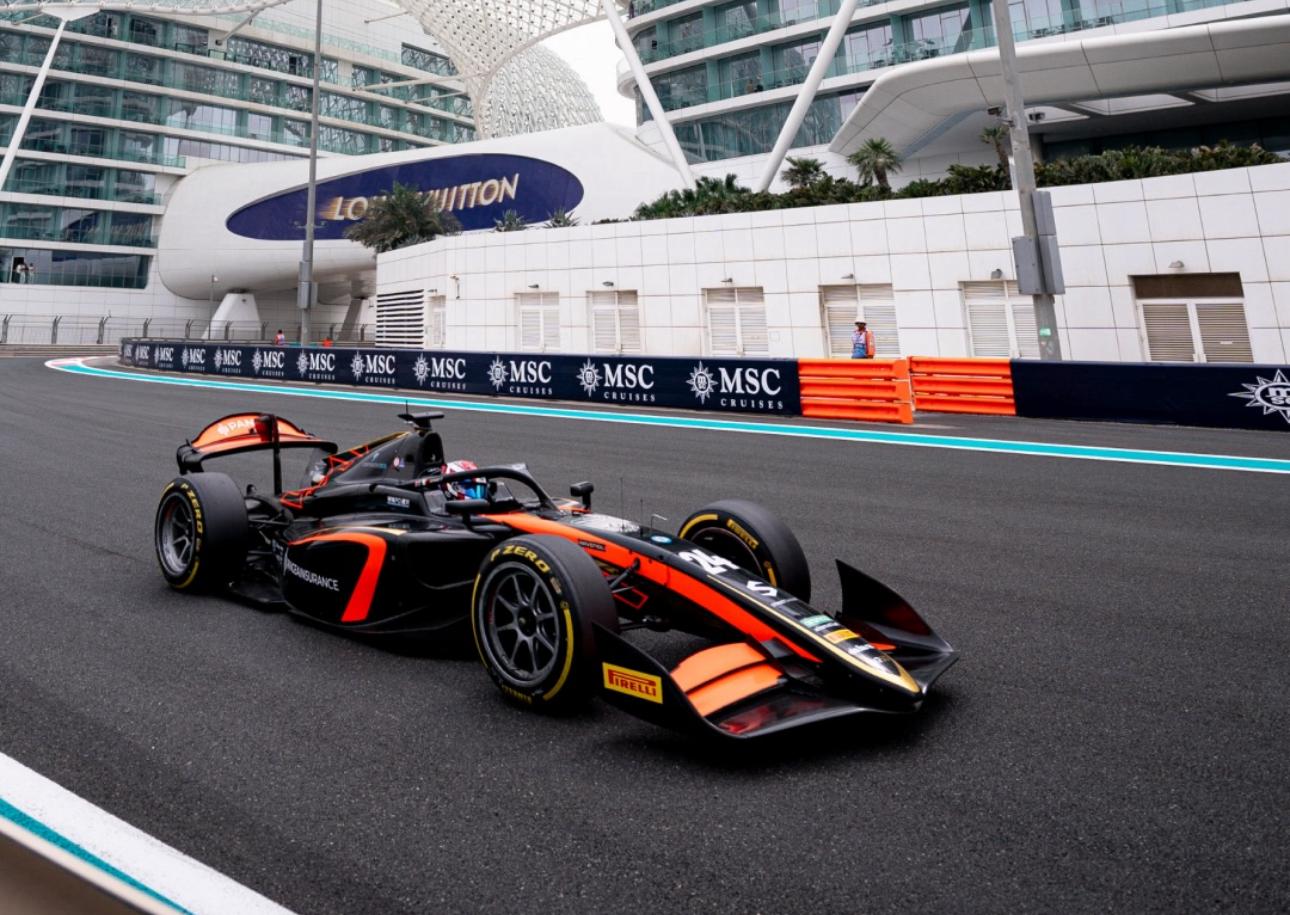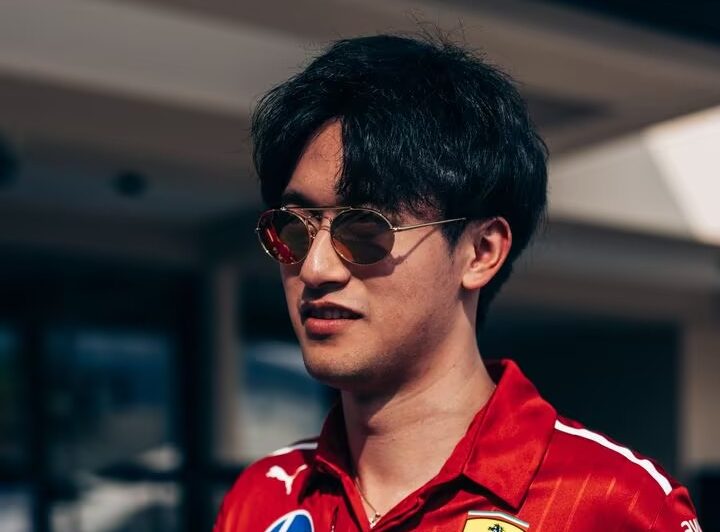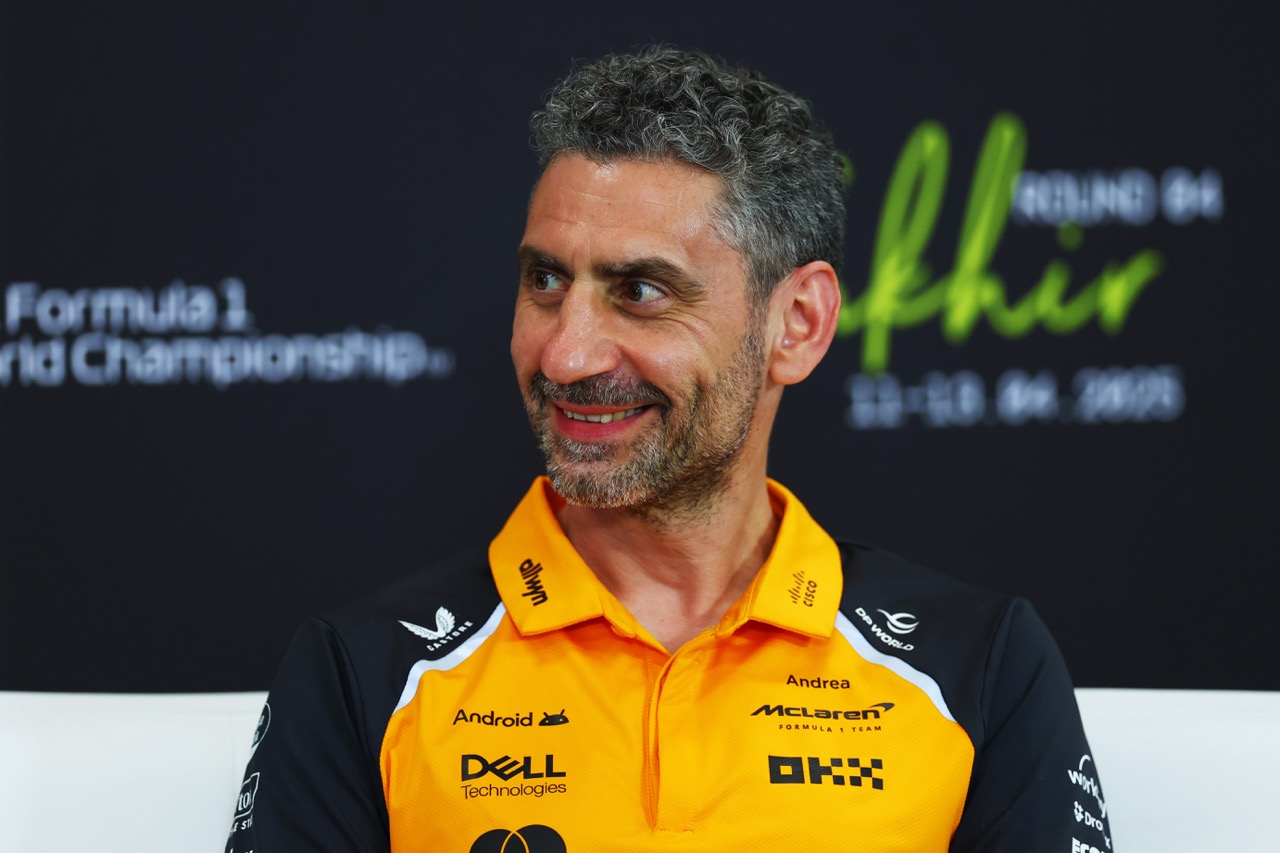The modern ground effect era of Formula 1 has proven a tricky battleground for Mercedes, who started the current regulation cycle with their infamous ‘zero pod’ concept, which soon proved to be a failed concept rather than the ground breaking innovation they hoped for. Plagued by porpoising issues and an insurmountable amount of drag, the concept was altered for the first few races of 2023, before it was binned altogether from the Monaco Grand Prix onwards.
For this year the Silver Arrows hoped to have made a more stable and predictable car, but the first few races of 2024 proved that the W15 is nowhere near the improvement hoped for. With a fifth place as best result it even looks like the team has made a step down in the pecking order, with Red Bull, Ferrari and McLaren all scoring podiums so far.
But rather than blaming his personnel for coming up with the wrong ideas, Toto Wolff thinks the issue lies more in the correlation of the wind tunnel data with reality. And even then not all is bad, he explains.
“When I look at the positives, I think we took many potential root causes out of the equation,” the Austrian addresses the plethora of technical challenges the team has faced in the past two years.
“We weren’t sure about our suspension. We weren’t sure about the stiffness of our gearbox carrier. We had a vibrating steering rack. All of those things have disappeared. But fundamentally, whatever we see in the tunnel doesn’t correlate with what’s happening on the track.”
Wolff is confident it is a more deeply rooted issue with the data, rather than someone misinterpreting what comes out of the simulations.
“It is not a single person that says, ‘I would interpret that data in this way’ and because of a dogma, because of dogmatism, we’re not making any progress. I don’t see dogmatism. I see an open environment where people share, where people take themselves by the nose and say, ‘Maybe in my area we are making mistakes’.”
He refers back to his experience before Mercedes: “It’s so tough in my career, in everything I’ve done before, be it in finance and investment, that you know which screws to turn. Sometimes it takes time because back in my Williams days [where he was shareholder], I knew what was missing. But here, I don’t think we are missing something. It is just a complication of what’s happening with the car that we can’t see. It’s like an on-off switch.”
Technical director James Allison backs up his boss, explaining that there is always a certain level of correlation issues, for any team.
“There are always correlation issues in every year in every team and there always will be correlation issues between what you see in the factory and what you see on the track, because the factory is a sort of reduced version of reality. It is not the same as driving a car on a real track on the actual asphalt of the actual circuit with all its infinite detail and complexity.”
According to Allison the issue lies in the more complicated models, rather than the simpler ones.
“You have simplified models back here in the factory and those simplified models are powerful for steering you one way or the other. But all of them have their shortcomings and all of them have their correlation issues. In large measure the models that we have, the simulation tools we have, are amazingly good at keeping us on the straight and narrow and guiding us towards more lap time. The devil’s always in the detail.

“In the area of the high- to low-speed balance, we could do with some improvement in that area of the models, because there we have some difference between what we are seeing on the track and what we are seeing back in virtual world,” the veteran engineer explains. “And those differences, if we can bring them closer together then it just allows us to be more accurate with the projections we make back here address the things that we believe are holding the car back.”
A more specific issue that raised it’s head in Melbourne is the W15’s apparent sensitivity to changes in track temperature, which was revealed by the fact that almost no set-up changes were made between the third practice and qualifying, Allison revealed. Hamilton and Russell had looked very quick in final practice.
“We take fuel out of course, we turn the engine up to 11, all those things. But no significant difference on set-up because we felt we got the car in a decent window in FP3 and that was reflected in the time sheets.
“But we are starting to see a pattern emerge that most weekends we have a period where we are feeling good about the car, confident about the car, but then in the paying sessions, in qualifying and the race, that slips through our fingers.”
The Brackley-based squad has indeed shown some promising performance in the free practices, but come qualifying they are bested by multiple teams, even to the point that Lewis Hamilton failed to make Q3 in Albert Park.
Allison continues: “If we were trying to draw that pattern together, then probably the strongest correlation that we can make at the moment is that our competitiveness drops when the track is warm, when the day is at its warmest and therefore the tire temperatures rise with those of the track.
“The times when we have been at our best have been all in the sessions which are the coolest and so that gives us some clues about what we need to do as we move forward from here. But from FP3 to qualifying in Melbourne there was not a setup change.”
And the contrast with the performance in last year’s Australian Grand Prix, where the team briefly led the race 1-2, almost couldn’t be bigger. A bitter pill for Toto Wolff to swallow.
“Then you see the progress that McLaren and Ferrari have made…
“This is the difference between last year and this year. This was a pretty good weekend for us last year. We were leading at the beginning 1-2. So, we’ve got to really dig deep because it is brutally painful.”

